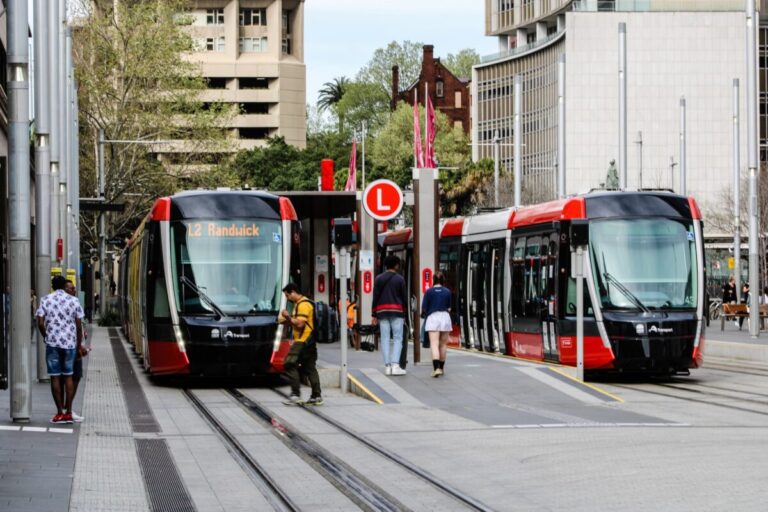Living in Australia comes with plenty of perks—sun-soaked beaches, world-class cities, and a laid-back lifestyle. But as any Aussie will tell you, it’s not always cheap. Whether you’re settling into a new city or just trying to make your budget stretch further, understanding the cost of living here is crucial. Here’s a guide from someone who knows the ropes. For those considering a move or looking for international comparisons, the cost of living in the Philippines offers a stark contrast to life down under. While Australia boasts high wages and a robust economy, the affordability of essentials in the Philippines can be appealing. Understanding these differences can help you navigate your financial decisions, whether you’re planning to stay local or explore options abroad.
Housing
When it comes to housing, it’s all about location, location, location. As an Aussie, you quickly learn that living in cities like Sydney or Melbourne means paying a premium for convenience and lifestyle. But did you know Canberra takes the crown for Australia’s priciest rental market? The median rent for an apartment in the capital is now $560 a week—higher than Sydney’s $550 and well above Melbourne’s $430. This trend isn’t unique to Australia, as many global cities are facing similar challenges. For instance, when you look at the cost of living breakdown in Dubai, it becomes evident that expats are also grappling with soaring rental prices amidst a competitive market. As urban areas continue to grow, both locals and newcomers are feeling the financial strain of securing a place to call home.
Why so expensive? Canberra’s high wages and limited housing supply mean competition is fierce. Of course, there are more affordable options if you’re flexible. In Sydney, for example, you can find a studio apartment for $300 per week, though it might mean sacrificing space or a central location. Websites like Domain and Realestate.com.au are your go-to for hunting down a good deal.
Transport
Getting around in Australia is pretty straightforward, but costs vary depending on where you live. In Sydney, the Opal card system caps weekday travel at $16.30 a day and $8.15 on weekends. By contrast, Canberra’s public transport is cheaper, with a weekday cap of $9.60 and $5.87 on weekends.
Concessions are available for seniors, students, and other eligible groups, and travelling during off-peak times can save you money. Most major cities have similar systems, so it’s worth checking your local transport authority for specifics.
Lifestyle Costs
When it comes to everyday living expenses, Aussies spend around $98 a week on groceries, though this varies depending on how you shop. Big chains like Woolworths and Coles dominate the market and offer competitive prices—think $7 for a kilo of chicken thighs or $1.70 for a loaf of bread. But if you’re anything like me, you might also splurge on fresh produce at the local farmers’ markets now and then.
Gym memberships are another consideration. Expect to pay around $95 a month on average, although prices vary. Chains like Anytime Fitness and Jetts are popular, but smaller local gyms might offer better deals.
Healthcare
If you’re an Aussie citizen or permanent resident, you’ll likely rely on Medicare for your healthcare needs. It covers doctor’s visits, diagnostic tests, and hospital stays in public facilities, but doesn’t extend to services like dental or physiotherapy. That’s why many of us take out private health insurance, especially to cover things like ambulance services—which aren’t free in most states.
The average cost of basic private health insurance is about $166 per month, but prices can vary depending on your location and coverage. Sites like PrivateHealth.gov.au and Finder can help you compare policies.
Utility Bills
Energy bills can be a bit of a shocker, especially in summer when the air-con’s running full blast. For a small household, electricity costs average $325 per quarter, while gas bills come in around $191. Broadband is another expense to budget for, with the average monthly cost sitting at $71.
Entertainment and Socialising
Aussie culture revolves around good food, great mates, and a bit of fun. Eating out doesn’t have to break the bank—you can grab a casual meal for under $10 or splurge on a fancy dinner for about $50 per head. Pubs are a cornerstone of Aussie life, and a schooner of beer will set you back $8–$12.
Movies are a popular pastime too, with tickets costing around $16 for adults. Many cinemas, like Hoyts, offer memberships with perks like discounted tickets and free popcorn, so it’s worth signing up if you’re a regular.
Sending Money Overseas
For those of us with family abroad, sending money home is often part of the budget. While banks are an option, services like Remitly and Wise offer lower fees and better exchange rates, saving you cash in the long run.
Salaries and Wages
Australia’s minimum wage is currently $23.23 per hour, one of the highest in the world. The median annual salary is $62,400, which helps balance out the higher cost of living. Of course, wages vary by industry and location, so it’s worth researching pay rates in your field.
